Tablets have always struggled to find their place somewhere between smartphones and notebooks, but Samsung has always remained loyal to the segment. At IFA, the manufacturer has refreshed the Galaxy Tab series as usual.
The two models of the eleventh generation have seen very little change on the outside. In addition to cosmetic touch-ups, the magnetic holder for the digital stylus is particularly noticeable. Samsung’s S Pen has been relocated from the back to the side. Beyond that, it basically follows the predecessor’s design.
Changes such as the slightly smaller cut-out for the front camera in the display require a detailed comparison, as do the size and weight. The already low thickness has been further reduced by another 0.3 millimeters. The tablets are also a few grams lighter. The new Tab S11 Ultra tips the scales at 690 grams, while the Tab S10 Ultra still weighs 718 grams.
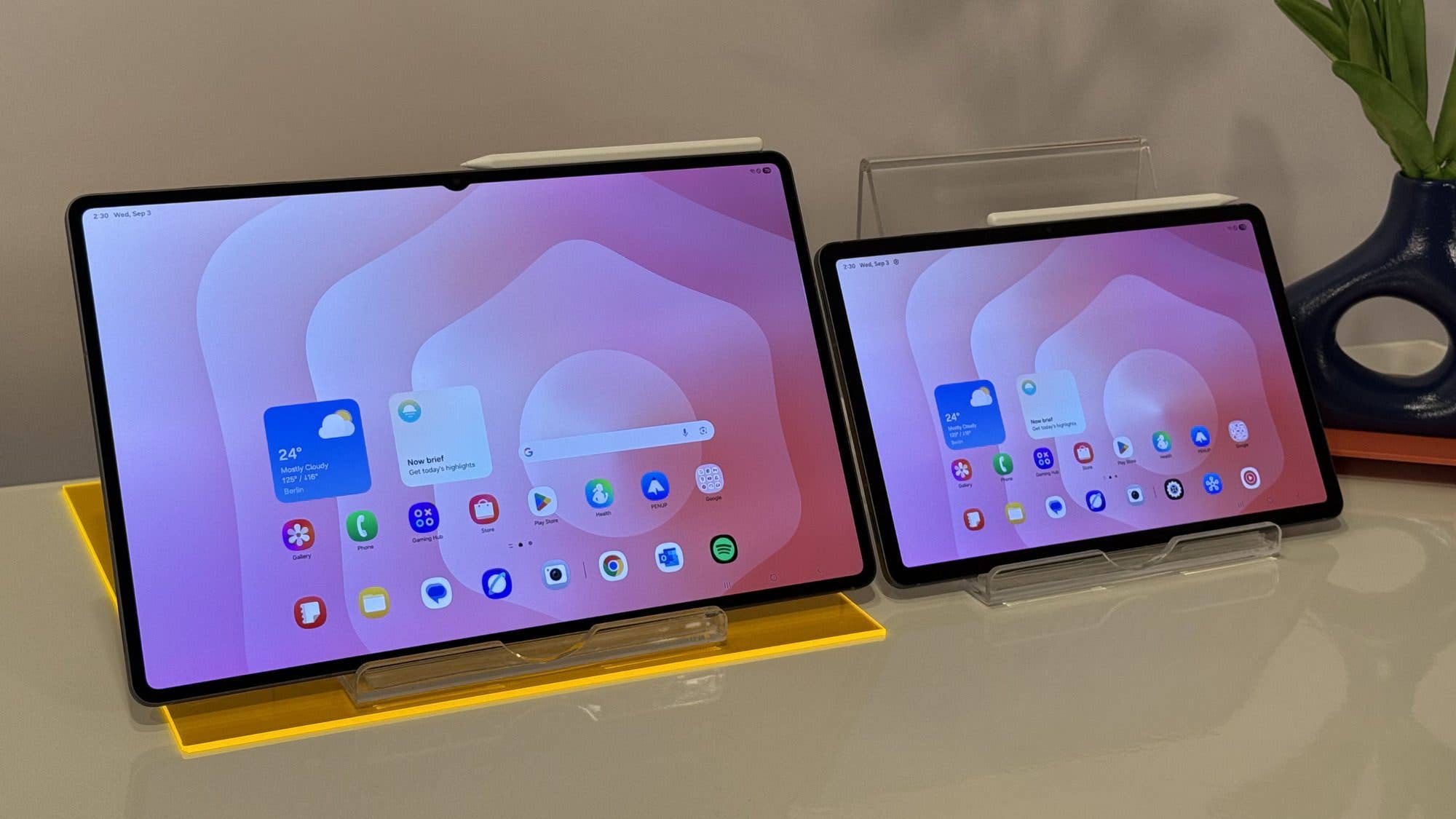
11- and 14.6-inch Display Options
The manufacturer also relies on its tried-and-tested displays. First and foremost, this means they rely on AMOLED technology, which has seen significant upgrades by Samsung.
While the Galaxy Tab S11 — like its predecessor — is equipped with an 11-inch 2K display, the Ultra version of the series targets fans of large displays. In this case, the display boasts a viewing area of 14.6 inches across diagonally with a higher resolution count at 2,960 × 1,848 pixels. The performance data of the two displays is also identical: sporting a refresh rate of 120 Hz and a maximum brightness of 1,600 nits, indicating no differences between them.
Samsung Relies on MediaTek
Internal changes are also limited. As with its predecessor, Samsung relies on an SoC from MediaTek. The Dimensity 9400+ offers slightly higher clock speeds compared to the Dimensity 9300+ used previously. The architecture has essentially been retained and is based on developments from ARM for both the CPU and GPU.
The processor consists of a total of eight CPU cores. Right at the top is a Cortex X925 core with a clock speed of up to 3.62 GHz. This is followed by three Cortex X4 cores, which can now reach up to 3.4 GHz clock speed. Four additional cores based on ARM’s Cortex-A720 design and operating at a clock speed of 2.0 GHz are also available for efficient processing of less demanding tasks. Graphical calculations are handled by the Mali Immortalis 925 GPU, which also hails from ARM and boasts twelve graphics cores in this instance.
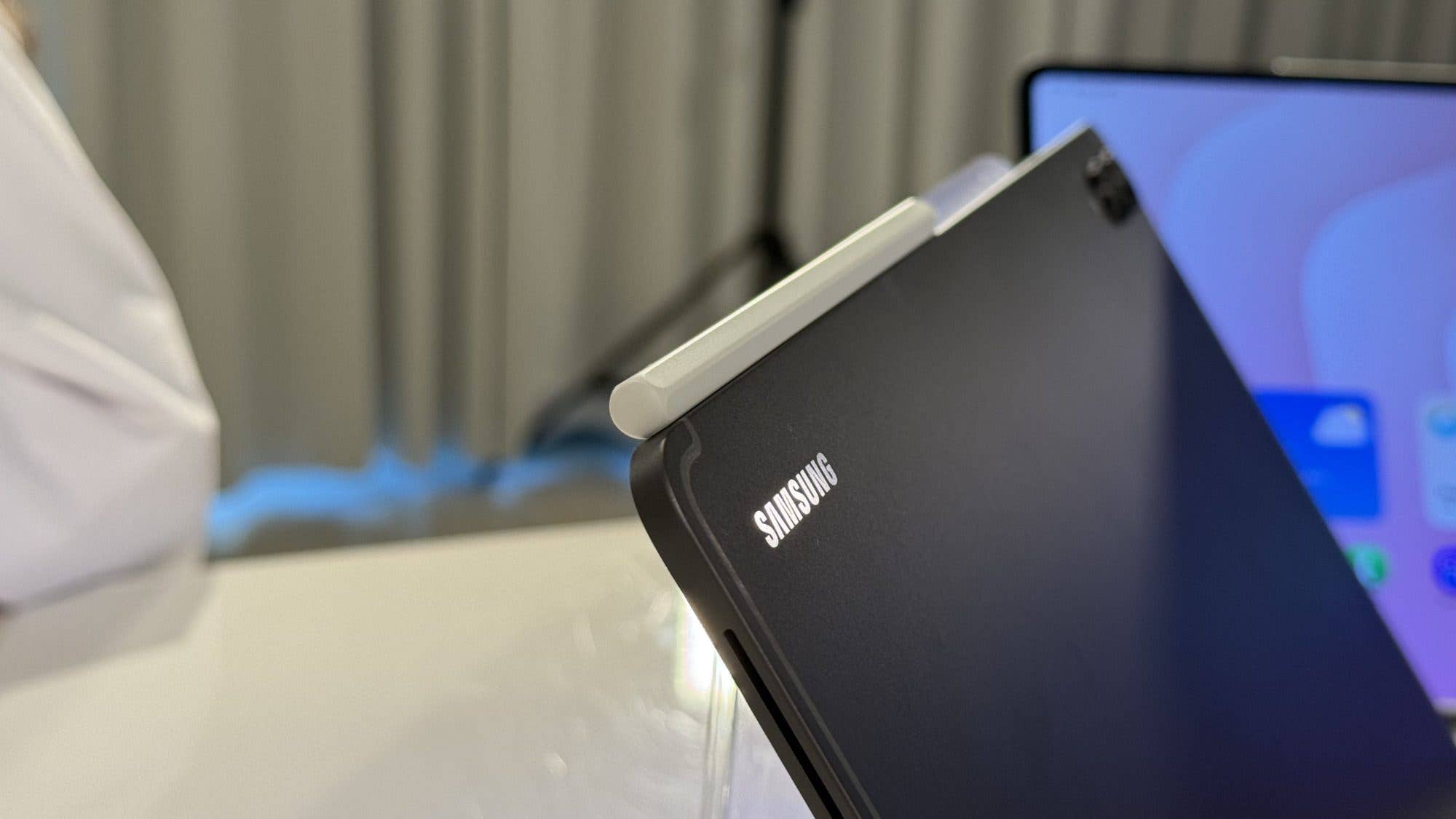
New SoC for Better Performance and Longer Battery Life
However, the performance difference compared to the Galaxy Tab S10 could be even greater than the limited improvements might suggest at first glance. With the Dimensity 9400+ SOC, MediaTek relies on an improved 3nm manufacturing process. This increases the possible transfer rates while reducing energy consumption.
Battery life of the tablets is also improved in tandem, although do not expect any miracles here, especially since the capacity of the built-in energy storage increased only in the Galaxy Tab S11 Ultra, and that by a mere 400 mAh, allowing the battery to hit a capacity of 11,600 mAh. The smaller model in the series remained at 8,400 mAh.

Larger Tablet, More Memory and Storage
The manufacturer makes a differentiation between the two tablets in terms of memory. In the smaller model, the processor is supported by a maximum of 12 gigabytes of RAM, while the Ultra version carries up to 16 gigabytes.
The same story continues with storage space. The 11-inch Galaxy Tab is limited to 512 gigabytes, while the Ultra model offers up to one terabyte of storage space.
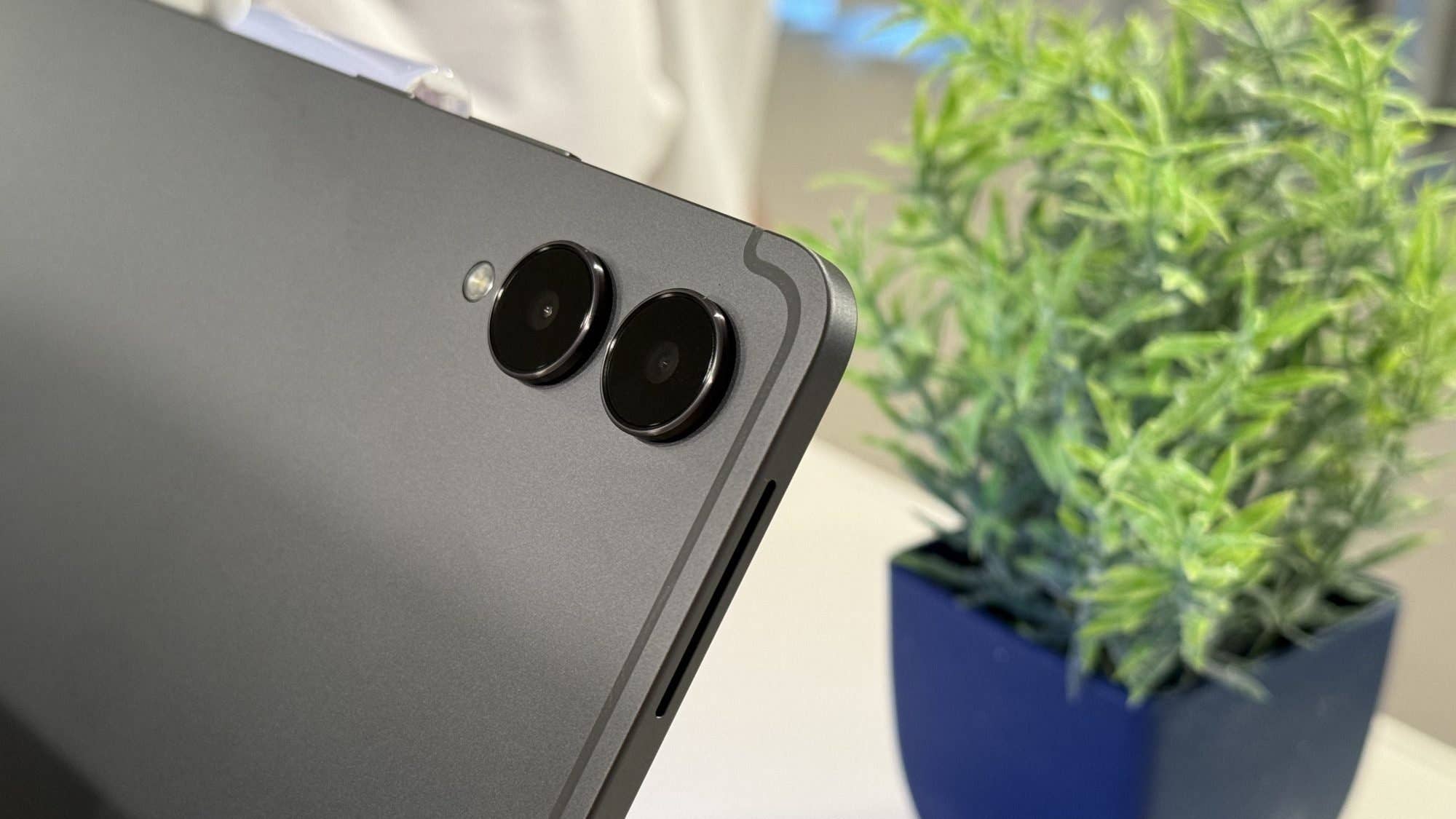
Less is More? Samsung Removed a Camera
When it comes to camera technology, interested parties will have to make do with one less camera than before, at least with the Galaxy Tab S11 Ultra: To capture your own face in all its glory, the predecessor still relied on two 12-megapixel sensors — the new model only features the ultra-wide-angle sensor (with the same resolution).
Otherwise, the same camera options are offered as in the previous models. There is a 13-megapixel and an 8-megapixel sensor behind, the latter used for ultra-wide-angle shots. Samsung also dispensed with the ultra-wide-angle sensor on the smaller S11.
Galaxy Tab S10 Lite for Those on a Budget
Even more sacrifices are required of buyers of the affordable entry-level model, which has not yet become part of the new generation, even with its name. This begins with the display of the Galaxy Tab S10 Lite, which is similar in size to the Galaxy Tab S11, measuring 10.9 inches across diagonally. However, the resolution count is lower at 2,112 x 1,320 pixels, while the same applies to the screen brightness, which is specified at a maximum of 600 nits.
Users also have to settle for less when it comes to the processor compared to the S11 models. With the Exynos 1380, the manufacturer relies on an in-house developed SoC, which comprises four Cortex-A78 and four Cortex-A55 cores that run at clock speeds of 2.4 and 2.0 GHz, respectively.
Samsung also hits the brakes when it comes to memory. There is a choice between six and eight gigabytes of RAM, while storage space is limited to a choice of either 128 or 256 gigabytes. Thankfully, you can insert micro SD cards of up to two terabytes. With the less powerful cameras (five megapixels in front and eight megapixels behind), you won’t fill up its storage that fast anyway. The S Pen — which is even included — and the keyboard cover are also supported on the $349 model.

Is it Worth Buying?
Samsung once again opted for minor improvements to the latest generation of its Galaxy Tab S series. Bargain hunters can, in any case, hope for discounted prices for the S10 models and buy them without hesitation. The trade-offs compared to the new models are minimal.
More details will be revealed in a detailed review that will follow shortly.
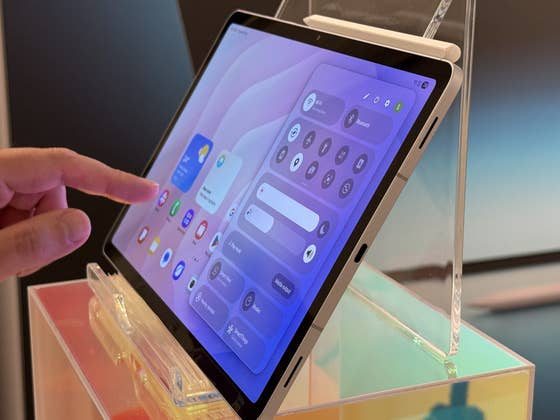
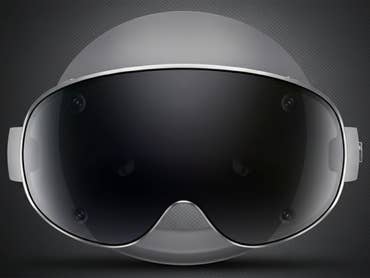

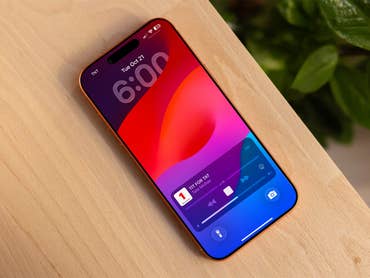
0 comments